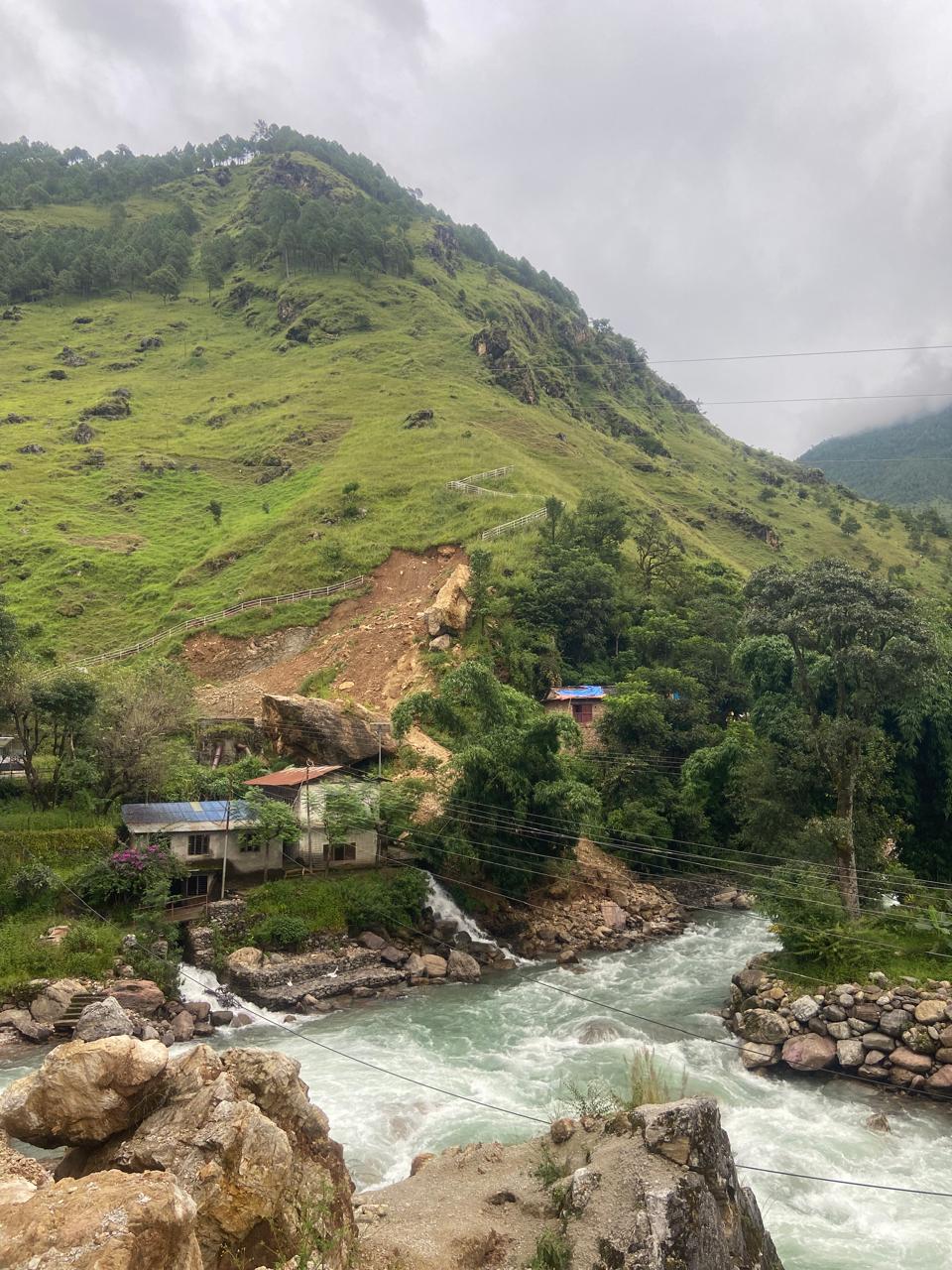Bhaktapur, January 31, 2025
Nepal stands at a crossroads, facing the urgent need to adopt a sustainable development pathway. With its unique biodiversity, rich cultural heritage, and rapidly growing population, the country has an opportunity to strike a balance between economic progress and environmental preservation. However, achieving this vision requires a comprehensive blueprint that integrates clean energy, sustainable urbanization, eco-tourism, and inclusive economic growth.
Climate Resilience Through Clean Energy
Clean energy is a cornerstone of Nepal’s sustainable future. By investing in renewable energy sources such as hydropower, solar, and wind, Nepal can reduce its greenhouse gas emissions while addressing its growing energy demands. Transitioning to clean energy will not only support the country’s climate resilience but also provide reliable energy access to remote areas, fostering economic opportunities and improving quality of life.
Sustainable Urbanization: Building Eco-Cities
Rapid urbanization poses significant challenges to Nepal’s environmental and social stability. The concept of eco-cities offers a promising solution by integrating green infrastructure, sustainable transport systems, and efficient waste management practices. For example, Kathmandu Valley could serve as a pilot for eco-city development, focusing on reducing carbon footprints, conserving natural resources, and enhancing urban resilience against climate impacts.
Eco-Tourism: A Path to Conservation and Growth
Nepal’s diverse landscapes and cultural richness make it a global hotspot for eco-tourism. By promoting responsible tourism practices, the country can create economic opportunities while minimizing negative environmental impacts. Eco-tourism not only generates income for local communities but also fosters conservation efforts, ensuring that natural habitats and cultural heritage sites are preserved for future generations.
Inclusive Economic Growth for Sustainability
Nepal’s development goals must prioritize inclusivity, ensuring that economic growth benefits all segments of society. Investments in education, healthcare, and rural development can uplift marginalized communities while promoting sustainable practices. Aligning economic growth with environmental preservation will build resilience and reduce poverty, creating a more equitable and sustainable society.
Call for Action
Nepal faces numerous challenges, from climate vulnerabilities to resource degradation and rapid urbanization. Addressing these issues requires coordinated action among government agencies, private sectors, and local communities. Policymakers must prioritize clean energy transitions, implement sustainable urban planning, and promote eco-tourism initiatives. At the same time, international partnerships and funding for green projects will play a crucial role in overcoming financial and technical barriers.
Conclusion
The pathway to Nepal’s sustainable future lies in adopting a holistic development approach that integrates environmental, social, and economic dimensions. By focusing on clean energy, eco-tourism, sustainable urbanization, and inclusive growth, Nepal can set an example for other developing nations. The time to act is now—embracing sustainability today will ensure a prosperous and resilient tomorrow for Nepal and its people.
This vision for a sustainable Nepal serves as a call to action for all stakeholders to unite and chart a path toward a better future. Ecosphere News will continue to highlight such critical issues, encouraging dialogue and solutions for a sustainable world.